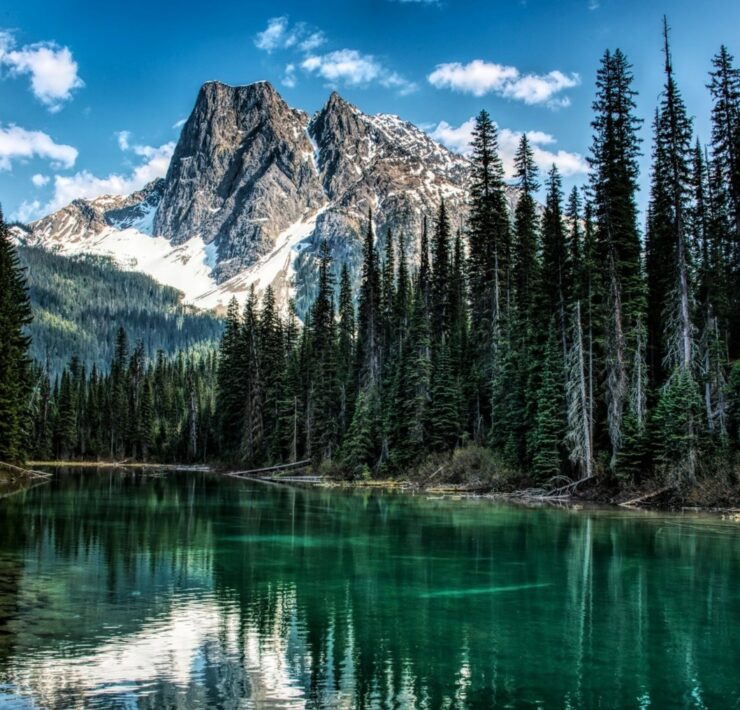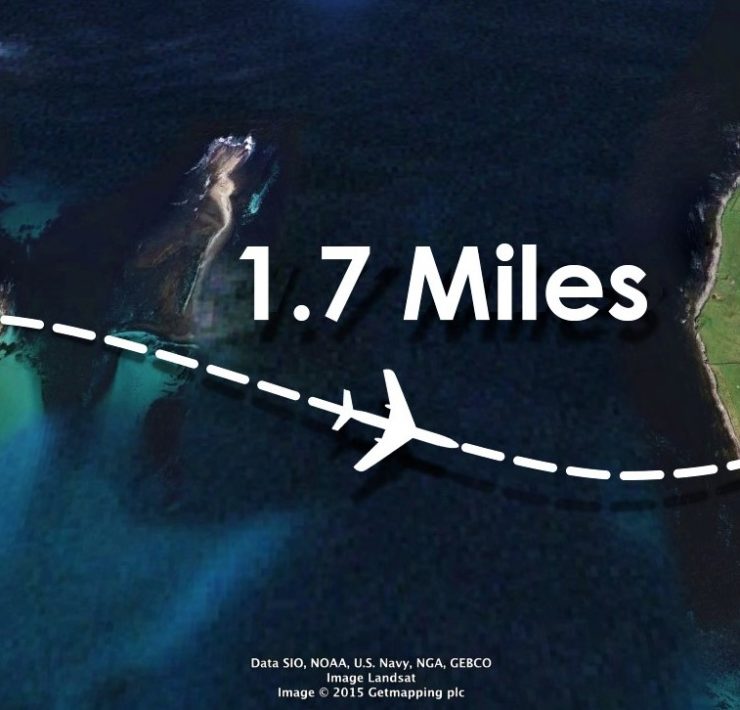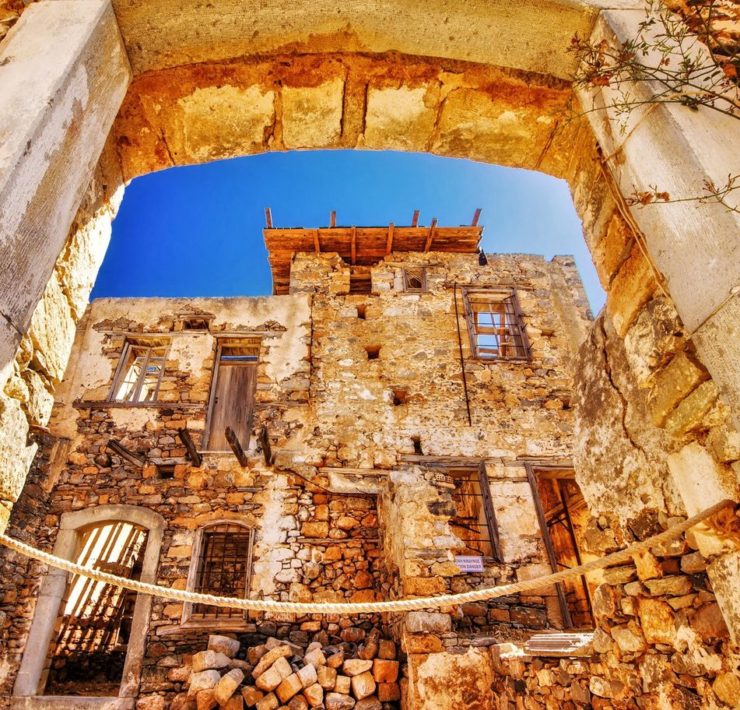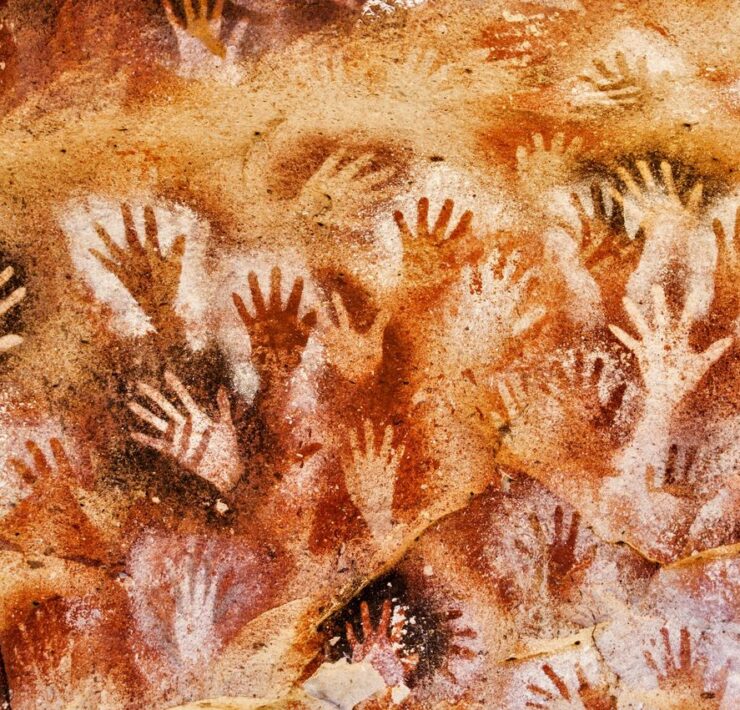It’s vacation time! The time where you can leave your worries behind and just expect full days of fun. Nothing can go wrong right? Well, yeah maybe. As long as you’d avoid getting caught in the dangers brought by these favorite yet killer vacation destinations.
1. Pamplona Running Bulls in Spain
Every July, it’s eight-and-a-half weeks of full fiesta in the celebration of San Fermin Festival. These weeks are celebrated with traditional Basque music, dance, sports, firework competitions, and a taste of Navarran cuisine. One of the most awaited events in this festival is the Pamplona Bull Run (encierro).
Being hit or gored by a bull rarely happens, same as the deaths caused by these incidents. However, there’s no guarantee that you’ll be 100% safe in this event as collisions with bulls (that may suddenly turn to your direction) and even runners can give you serious injuries. Since 1910, fifteen deaths were recorded which includes a man suffocated in a pile-up of runners.
2. Mont Blanc
Mont Blanc has been known as one of the world’s deadliest mountains. It has the highest fatality rate of any mountain in Europe and it’s not even shocking news anymore if bad incidents occur while climbing the mountain. In 2012, 28 climbers were caught in an avalanche, 9 of them found dead. In 2014, two climbers and their guide fell 800 meters to their death near the Aiguille du Midi peak. In early 2015, an experienced skier died while skiing down Mont Blanc and falling hundred of meters from a narrow gully. Estimates indicate that the fatality rate in Mont Blanc is at an average of 100 (probably more) hikers a year.
3. Half Dome, Yosemite National Park, USA
Half Dome is a great place to hike in but when rain starts falling, the rocks become slippery that it can be even troublesome for hikers assisted with steel cables to step onto. Yosemite’s search and rescue team responds to 300 incidents in Half Dome every year and since 1995, Half Dome has a total record of six deaths. A Japanese hiker had cartwheeled 1,200 feet down into the granite ravine after he tried to go past the hikers on the cables. Two hikers in separate incidents had climbed through Half Dome’s Upper Reaches when the cables were down, slipped on the wet granite and fell onto their deaths.
4. Skellig Michael, Ireland
Skellig Michael sits in the Atlantic Ocean, 218 meters above sea level, 12 kilometers southwest of Valentia Island in Kerry County. It is known as the site of the a UNESCO World Heritage Site, a well-preserved monastic outpost of the Early Christian period. Due to its location and steep rugged steps, it’s not a totally safe site for tourists to climb on. Three tourists in total have died while climbing the steps to the heritage site. Moreover, it’s no joke to climb these steps since there are no handrails available and building these guides aren’t really in the interests of Conservationists and the Office of Public Works.
5. Boa Viagem Beach, Recife, Brazil
Brazil has always been a summer destination due to its fantastic beaches, but the waters off the southern part of Boa Viagem Beach have been the home of the most frequent shark attacks in Recife. Boa Viagem has been known to be so dangerous that even lifeguards don’t swim in its waters anymore, but in a pool to train how to respond to shark attacks. Off Recife’s coast lies a deep trench that sharks use as a migratory route. The beach is still open for people who’d like to hang out under the sun but unfortunately, swimming is not allowed anymore.
6. Colorado River System, USA
Rafting is surely fun but when sink holes come popping in unknown places, you better think twice already. That’s the case in USA’s Colorado waterways where many deadly incidents have already occurred in the past years. In 2014, the Arkansas River has a total record of 15 boat-related deaths. One of the deaths happened on a rafting expedition when a boat entered the most difficult rapids. It got stuck in a suck hole, rotated and threw multiple people into the river. One of the people in the incident was Mary Johnson who floated downstream. She was pulled out of the water by a safety kayaker but later on, they weren’t able to revive her.
7. Caminito del Rey, Spain
Caminito del Rey is no ordinary hiking site. Moreover, it’s known as Spain’s most dangerous, possessing a shocking path full of holes and missing sections. This 100 meter high walkway hangs on the steep limestone cliffs near the village of El Chorro in Andalucia, Spain. Between 1999 and 2000, four deaths were recorded in Caminito del Rey due to the instability of path. For 15 years, the path was closed for restoration works and it has opened again in 2015.
When On Earth Magazine is for people who love travel. We provide informative travel guides, tips, ideas and advice regarding places to see, things to do, what to taste, and much more for world travelers seeking their next dream vacation destination.






